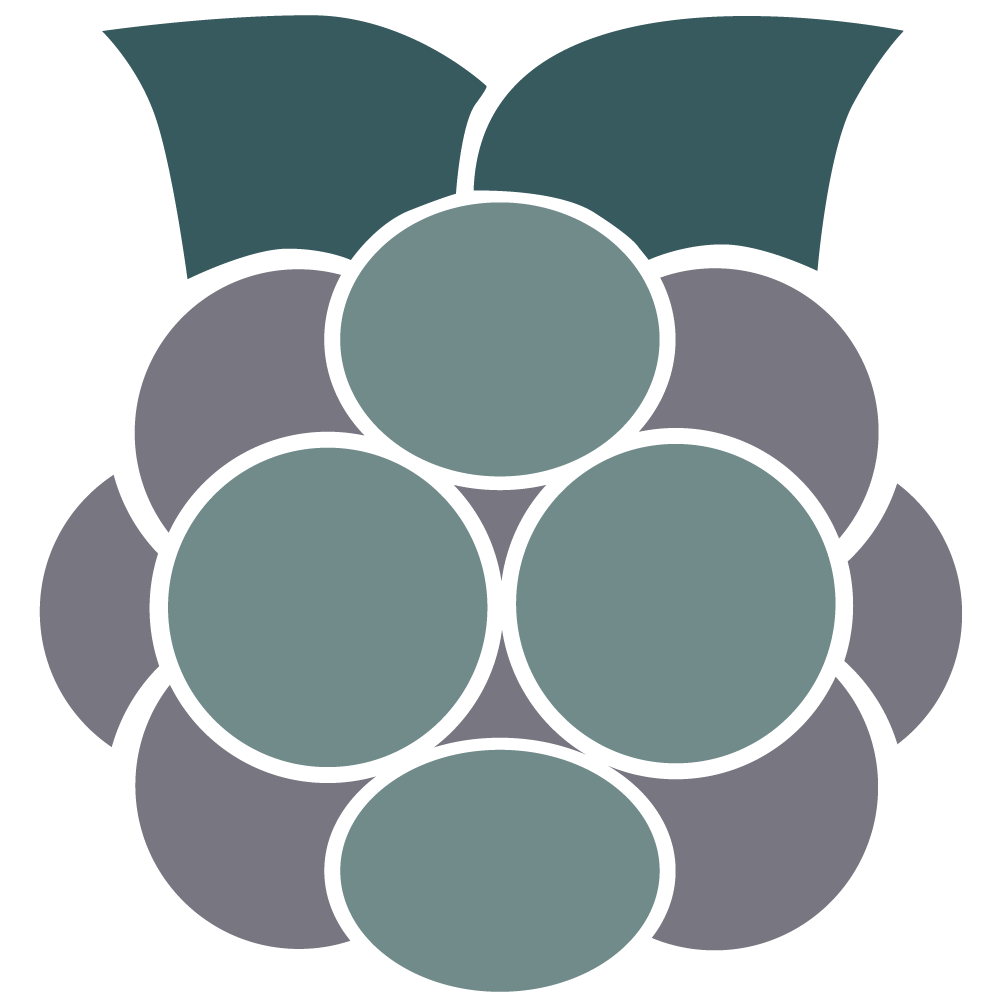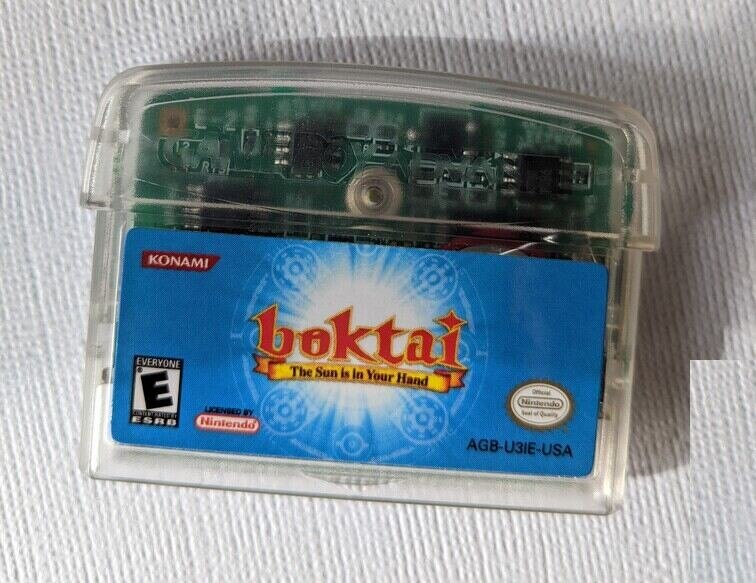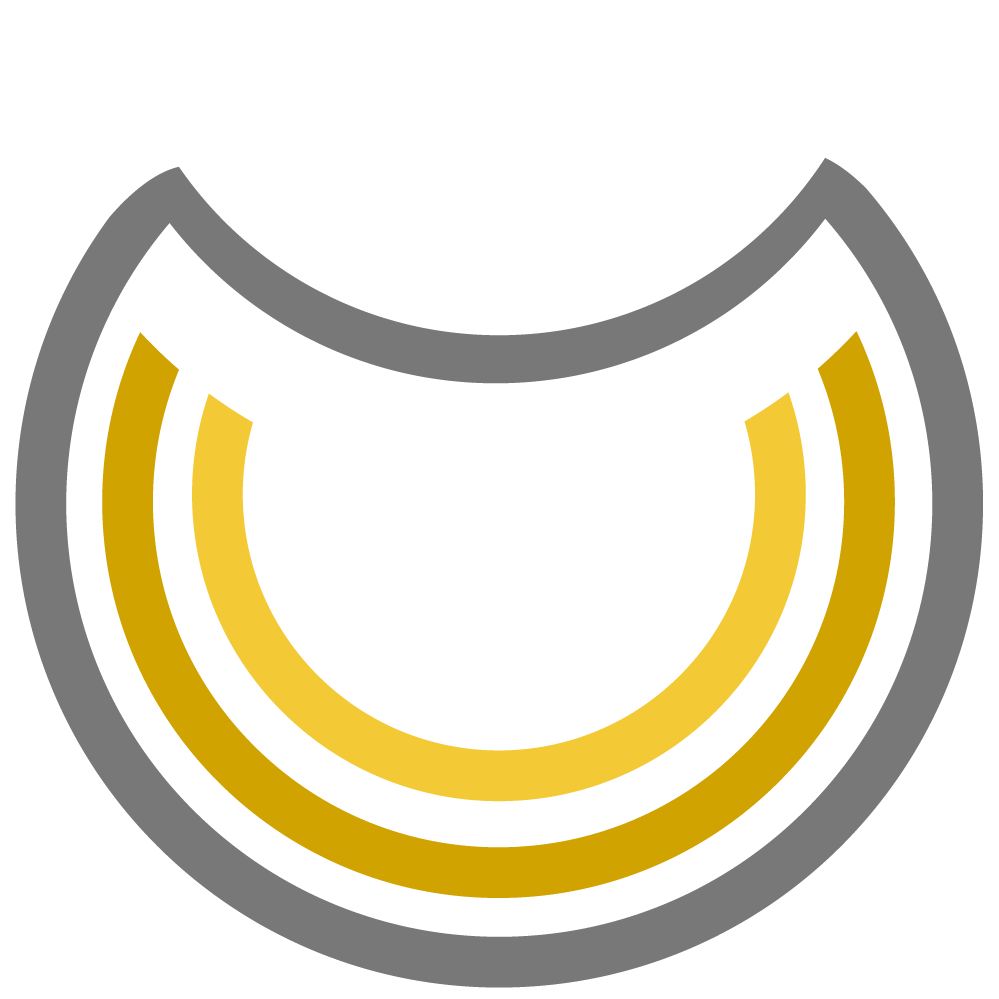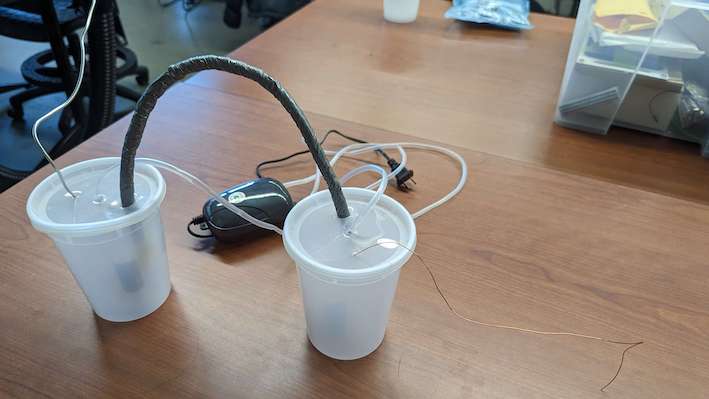Solar Speculations
Projects that members of the Collective are working on.

Lumobug
Malte Leander


The “Lumobug” is exploring the idea of using sustainable energy sources taking the form of a collection of electronic sound sculptures. Their sonic output imitates the sounds of bugs such as cicadas and grasshoppers, with the pitch and volume directly controlled by the presence of the sun. The circuitry is kept within 3D-printed enclosures that are designed to be waterproof, and can therefore be installed outdoors all year round. When installed outdoors within “dead” areas in the city environment, ones that are heavily dominated by concrete and asphalt, the urban soundscape changes. The result is an augmented version of the soundscape, a hybrid environment where the natural and the synthesized co-exist.
The “Lumobug” serves as a comment on steadily growing global urbanization, and how elements of our natural ecologies are pushed to the margins as a consequence. Urban noise is undoubtedly affecting the city populations negatively in a wide range of ways, and whereas attempts to reducing it have proven difficult to implement in our vehicle-dominated cities, the implementation of these artworks alter the perception of these soundscapes in order to offset, or even complement the result from mechanized noise.

Solar server and low-carbon website
Isabelle Boucher, Hanine El Mir, Janna Frenzel, Robert Marinov, Edith Viau, and Lee Wilkins

What would the Internet look like if it were attuned to the availability and rhythm of sunlight, rather than built on an always-on logic that requires fossil fuels and/or environmentally harmful battery technology? How would we access online content or interact differently with each other? How can we even measure the energy consumption and material impact of our digital lives? Inspired by the work of Solar Lowtech Magazine, Solar Protocol and others, we have built our own solar-powered webserver with a Raspberry Pi.
In the short term, we are using the server in a local network as a mobile pop-up installation for public engagement. For this purpose, we developed a small text-based Twine game called “Life of a solar panel”. It takes players through the solar panel supply chain and prompts conversation about energy futures and the design of just transitions.
In the long run, we are planning to set up the server permanently and expand to a variety of different applications, such as creating a low-carbon website and document repository, and possibly use it as a node in a small solar-powered mesh network.
Building the server and the website involved research into various hardware components and software options. The initial hardware setup for testing consisted of a Raspberry Pi, a rechargeable 3.7V/1000mAh lithium-ion polymer battery (LiPo) battery, a 3.7V to 5V boost converter, and a 5V solar panel. We used a SparkFun Sunny Buddy to connect all the components.

Now You’re Playing With Solar Power
Alex Custodio, Michael Iantorno, Lee Wilkins

Game Boys have always possessed an intriguing relationship with the sun. Before the advent of backlit screens, the device’s liquid crystal display required players to position themselves in a well-lit area in order to view the action on screen. During the Game Boy Advance era, Hideo Kojima’s Boktai: The Sun is in Your Hand incorporated a photometric light sensor directly into the cartridge that forced players to seek out sunlight to power their in-game weapons. In both these cases, the handheld acted as a connection between players and their solar environment — shifting their play experience directly under the sun’s rays.
In collaboration with the Solar Media Project and the Residual Media Depot, Alex Custodio and Michael Iantorno are engaging in a series of game experiments and media archaeological probes aimed at exploring the potential of the venerable Game Boy product line as solar devices. These projects may include: converting a battery-powered Game Boy into a fully solar powered device, hacking Boktai and other existing titles to explore the potential of solar mechanics, and experimenting with UV rays as a game input on original and emulated hardware.

Cyborg Interfaces

Cyborg Interfaces is a project about embedded and embodied non-verbal communication and interaction, prototyping human and non-human connections through games, film and music. With a solarpunk perspective and focus on accessible expression, diversity and planetary accountability, the project includes finding solutions to power and dispose of the technologies in sustainable ways.
A new project called “Solar Wearables” is also in the works – read more about it here!
Bio-Batteries
Robert Marinov, Lee Wilkins, Ava Williams



We have begun early stages of design/prototyping for an algae battery and photo-voltaic cells built using fruit juice extracts. While still in the early stages, this project thus far involves:
Growing several algae cultures in the lab (currently recovering from their shipments, which has taken a bit because the cold weather was rough on them). We are propagating several batches to grow and have built two battery enclosures ready to hold the cultures once they are ready. We are planning a few approaches:
- Growing the biomass, removing it from its grow medium and using it as fuel.
- Directly harvesting the energy created while growing the biomass (with some issues here to work through, surrounding keeping the culture healthy and not using more power than we produce to do so).
The berry extract-based solar panels are also in progress with several different berry extracts to test. We are using salvaged glass panels in conjunction with ITO coated panels and trying several techniques we’ve read about.
Looking ahead, we will think through the issues of (1) what could be done with such prototypes, considering their very low electrical outputs; (2) possibilities of scalability, in light of point 1; and (3) ways of optimizing the designs and ensuring they’re energy-output positive (e.g., currently it seems we need to keep an air pump going to grow the algae, but there may be manual alternatives that are less effective and require periodic maintenance, but which could allow for a positive energy output in theory).
